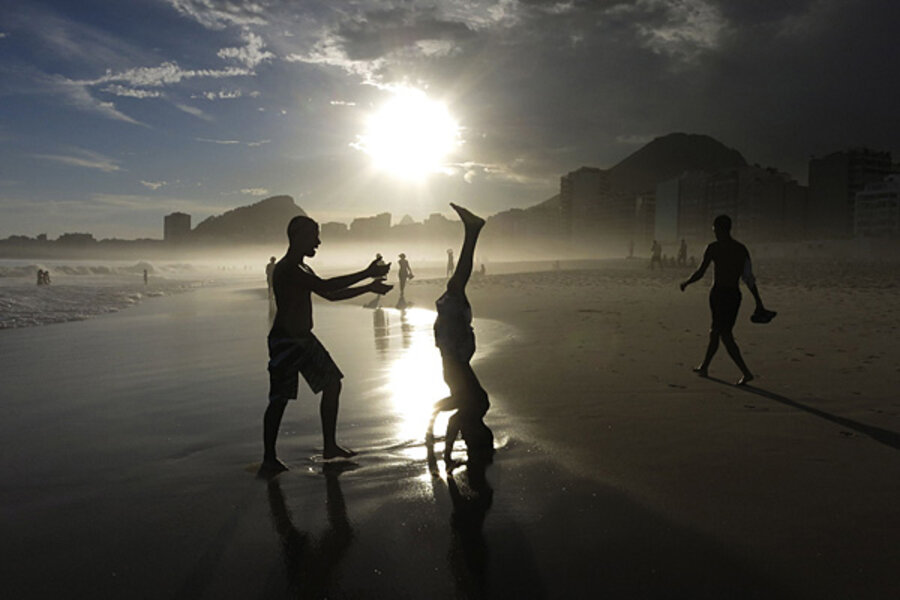Tight travel budget? Adhere to the 'peak-end' rule.
Loading...
The “peak-end” rule is a tactic that can not only maximize the value you get out of your vacations, but it can maximize what you get out of almost anything in life. It pops up again and again in everyday life, from the plotting of movies and television shows to how meals are served at restaurants.
The idea behind the “peak-end” rule is that when you think back to a past event, you generally have the strongest recollections and feelings about two elements of that event: the “peak” and the “end.”
The “peak” is usually the moment where you had the strongest response (either positive or negative) to whatever is happening. For example, you might remember a trip where the “peak” was visiting a national park you’d always dreamed about.
The “end” is how you felt about how the trip concluded. For example, you might remember dinner on the final night of the trip or something else that occurred on your vacation.
Here’s an example. For me, the “peak” of our honeymoon in the United Kingdom was the afternoon we spent visiting Parliament and Westminster Abbey on foot. The “end” of our honeymoon was the final night, where we stayed in what amounted to a bed and breakfast far away from the city center.
When I think of the trip, those are the first two things I think about, and they’re the strongest memories. They’re both happy memories, too, so they fill the trip with a very positive sentiment when I look back.
So, how can you apply this idea to frugal travel planning?
The first – and most obvious – part is to simply carefully manage the “peak” and the “end” of your trip.Have one day that’s a home run – full of the experiences you’re sure you’re going to love. Save one or two wonderful things for the very end of the trip – a meal at a great restaurant, perhaps, or a final sight to see on your way home.
As your memories fade, those two events will be the ones you recall the best.
Then, fill the rest of the trip with low-cost activities. Visit free things to fill other days. Go about them at a slow pace so serendipity will strike.
It might occur that one of those ordinary days ends up being the “peak” – but if that happens, that’s a goodthing. It means your vacation must have been an incredible one.
In our recent travels, we’ve mostly avoided higher-priced areas except to fulfill the “peak-end” rule. On our Seattle trip just last summer, our “peak” was the day spent in the city center with our kids – they still speak of going up to the top of the Space Needle and the various other things we did that day. Our “end” was my sister-in-law’s wedding. Those are the two things we recall the most from that trip – and most of the rest of the vacation was spent very frugally.
Use this concept when planning your travel and you will save money.
This post is part of a yearlong series called “365 Ways to Live Cheap (Revisited),” in which I’m revisiting the entries from my book “365 Ways to Live Cheap,” which is available at Amazon and at bookstores everywhere.








